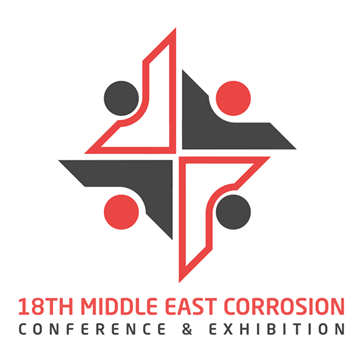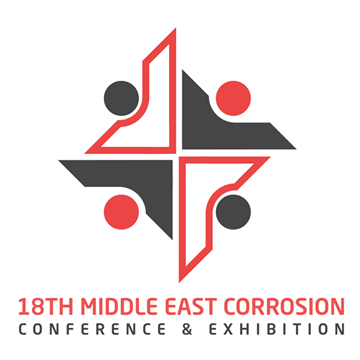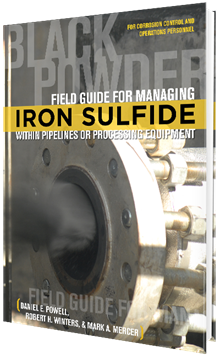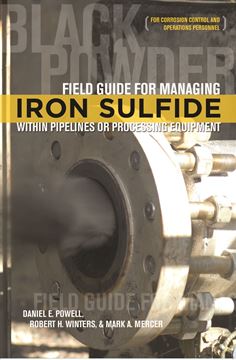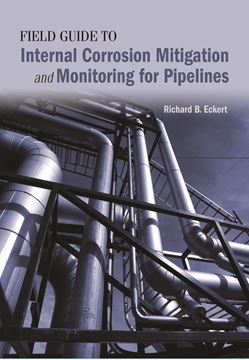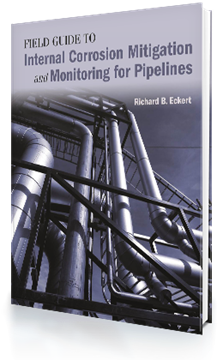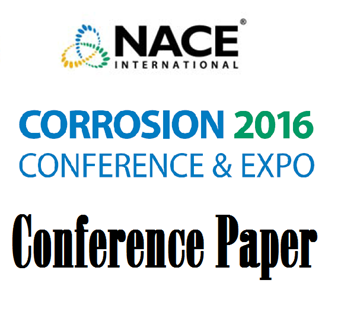Products tagged with 'pipeline'
Facilitating the Use of Leak Detection Sensors Using Web-Based Remote Monitoring
Facilitating the Use of Leak Detection Sensors Using Web-Based Remote Monitoring
Failure Investigation of Internal Girth Weld Coating Surface Preparation: A Case Study
Failure of Pipeline Internal Girth Weld Coating Surface Preparation: Investigation and Case Study
Fast-Acting And Persistent Post-Hydrotest Corrosion Inhibitors For Newly Constructed Oil Pipelines
Field Guide for Managing Iron Sulfide (Black Powder) within Pipelines or Processing Equipment”
This is a print-on-demand (POD) book that will be produced just for you in 2-5 days after your order. It should arrive at your door in about one to two weeks. However, due to supply chain and logistic challenges currently affecting the industry, it may take longer. Allow three weeks for international orders.
The Field Guide for Managing Iron Sulfide (Black Powder) within Pipelines or Processing Equipment offers practical guidance for corrosion control and operations personnel in managing black powder within their pipeline systems or processing equipment.
This book was written for new corrosion control professionals and operations personnel, who are based at production facilities. It provides straightforward, practical guidance regarding what is “black powder,” and why it may be a concern, field tests to be conducted, follow-up laboratory test that could be ordered, and an approach for using maintenance pigging, coupled with chemical treatments, to remove accumulations of “black powder.”
It begins with a discussion of what is black powder and identifies health and safety considerations associated with H2S and the presence of black powder, identifying why there may be a concern.
The Field Guide presents field and laboratory tests typically used to identify the presence of iron sulfide, and then discusses maintenance pigging and/or chemical treatments for removing such particulates. Several case studies are also presented.
2019 NACE, 6 x 9" trim size, color, perfect bound, 264 pages
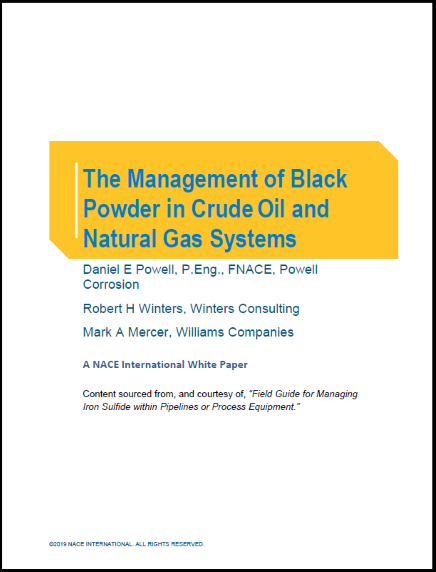
Download the free white paper summary of this title to see specific areas of focus and discussion


